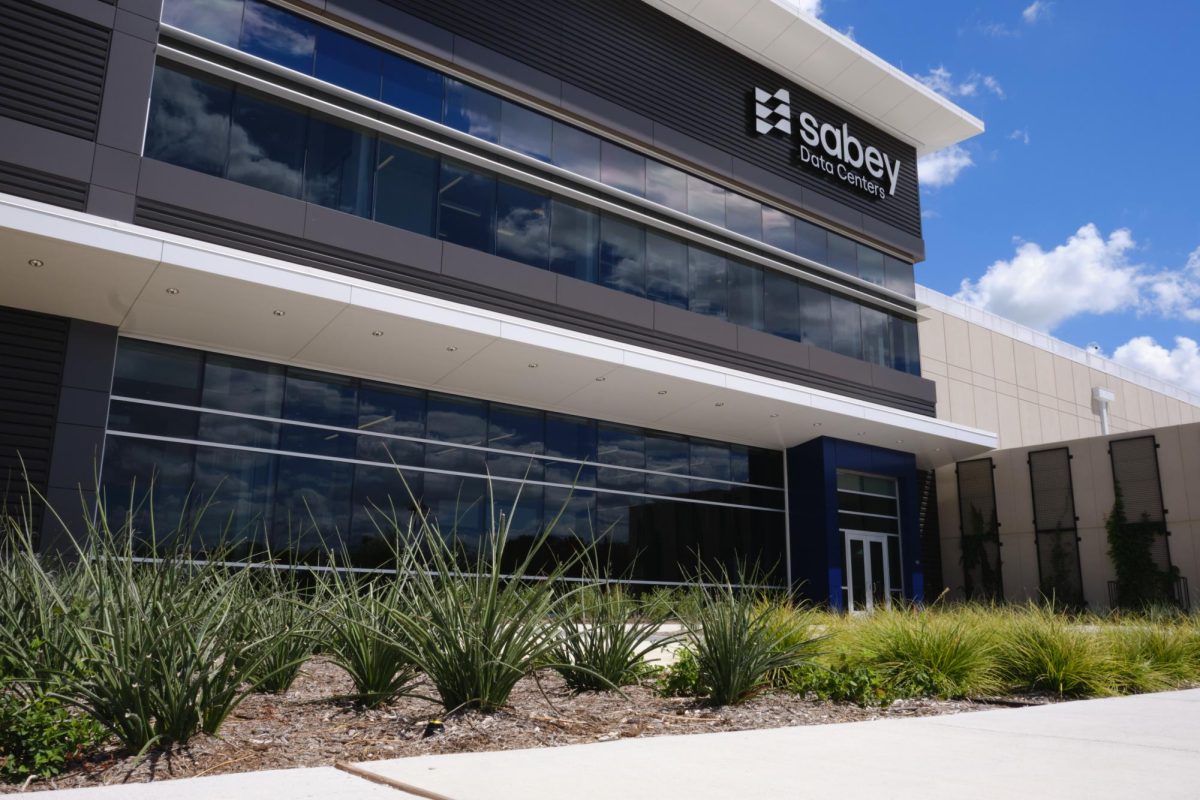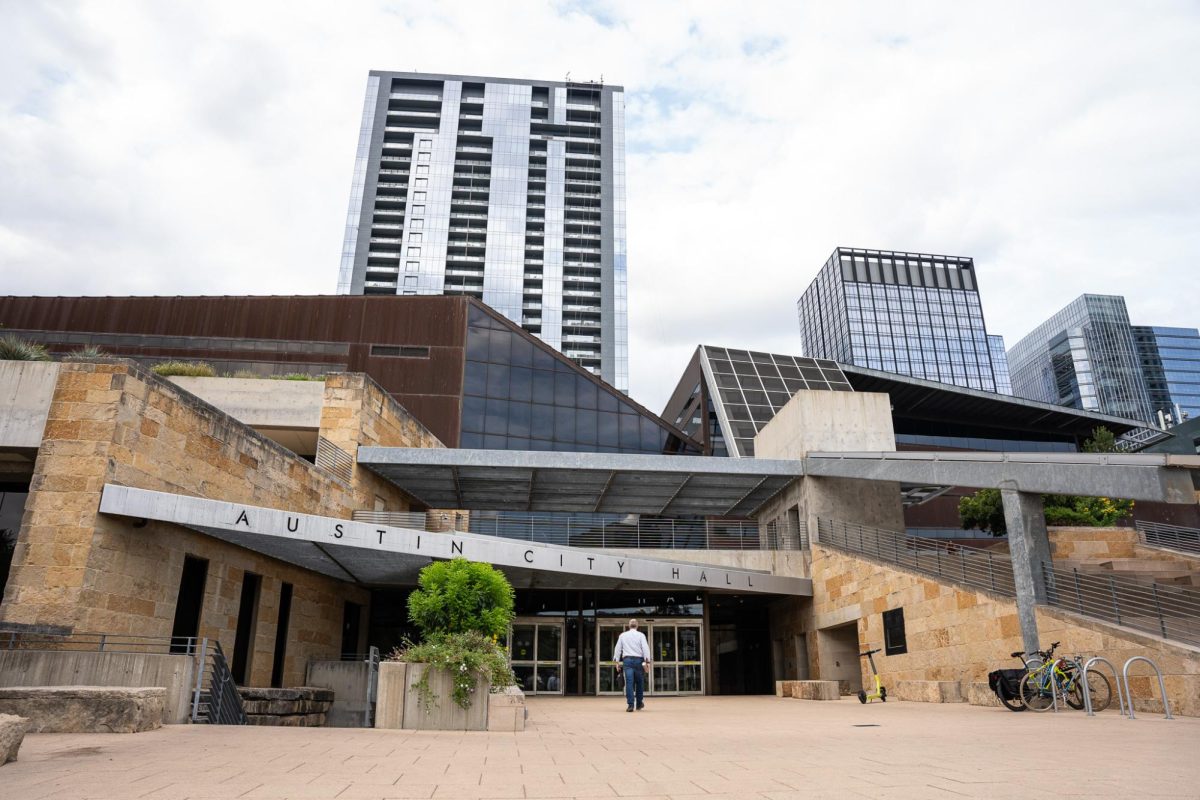The University’s Texas Advanced Computing Center chose the Sabey Data Centers in Round Rock to house the fastest supercomputer at any American university.
TACC was granted $457 million from the National Science Foundation in July to develop a new research facility and agreed to a deal with Sabey on Aug. 30. The supercomputer, “Horizon,” is anticipated to perform 10 times and apply artificial intelligence 100 times better than the computing center’s current machine, “Frontera.”
Dan Stanzione, UT’s associate vice president for research and executive director at TACC, said negotiations with Sabey began about two years ago, but couldn’t be finalized until the funding from NSF was delivered. Pickle Research Campus, located in North Austin, would not have enough power for the supercomputer, he said.
“We need a lot more power for the next generation of machines,” Stanzione said. “In our current data center, we just couldn’t fit the machine. We’d have to build a smaller machine if we couldn’t get that level of power.”
Tommy Minyard, director of advanced computing systems for TACC, said the preferred option was to build the new facility on campus. However, Sabey emerged as their ideal option, accelerating the project by a few years. Stanzione said the installation will begin in October 2025, with the supercomputer set to begin operations in late 2025 or early 2026.
Mark Noonan, the senior vice president for Sabey Data Centers, said Horizon will go in one of the campus’ two buildings. He said the building will be shared by other clients, including spaces for various technology companies.
“We built a building that … is the perfect environment for Horizon,” Noonan said. “Horizon Is going to be very, very dense from a heat and a power perspective, and the first building that we built (called Building A) is specifically designed to do liquid cooling, which is what the Horizon project needs.”
Minyard said Dell Technologies will work with the computing center to install the system. After installation and initial testing for Horizon, however, Minyard said the computing center’s plan is to mostly manage the facility remotely.
“I’m really excited about the scale and the capabilities that this machine is going to offer for our researchers,” Minyard said. “(The center has) been scaling up and building bigger and faster systems over every generation.”















